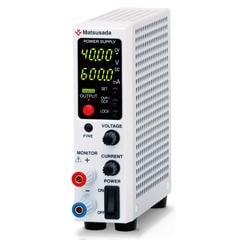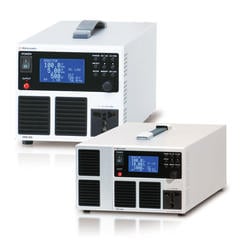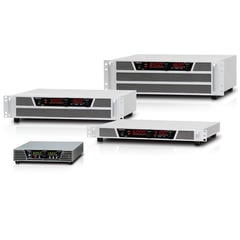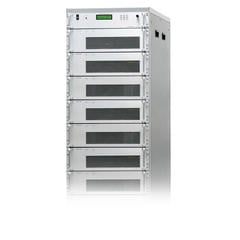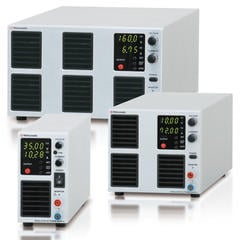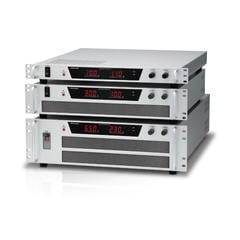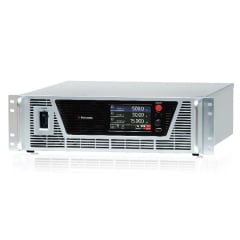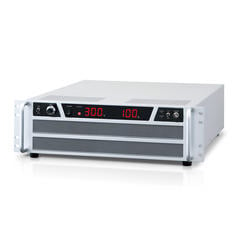Current sensors are sensors that measure electric current, and depending on the intended use, there are various types ranging from those that measure a small current of a few mA to those that measure a high current of several thousand Ampere. Furthermore, there are two types of current: direct current and alternating current. Therefore, when selecting a current sensor for use, it is necessary to choose the most suitable method and structure, depending on the application.
For example, in the CT-type current sensor, the secondary current induced by the magnetic flux from the measured current is detected as a voltage using a shunt resistor.
In the Hall effect sensor type current sensor, the magnetic field around the conductor where the current flows are measured by a Hall effect sensor using a Hall effect current sensor.


MI current sensors use the magnetic impedance effect caused by amorphous wires. Its high accuracy characterizes it.

Current sensors are used to measure and evaluate devices, so they must always work properly. The current sensor test is used to evaluate them. Evaluating current sensors requires a power supply that carries the current at a constant current and has low noise (ripple).
Matsusada Precision's power supplies are used for current sensor testing. Matsusada precision products have a wide lineup of output currents ranging from several mA to several thousand A, making it possible to evaluate various current sensors.
| Applications | Features | |
|---|---|---|
| CT type current sensor | Clamp power meter | Cheap, no power supply required, can measure AC only |
| Hall effect type current sensor | Smart phone lenses | Can measure both AC and DC, no heat generation |
| MI current sensor | Solar power generation, drones | High sensitivity, low power loss, non-contact measurement |
- current sensor
- Hall element
- Hall current detector
- Shunt resistor
- MI current sensor
- Hall sensor




